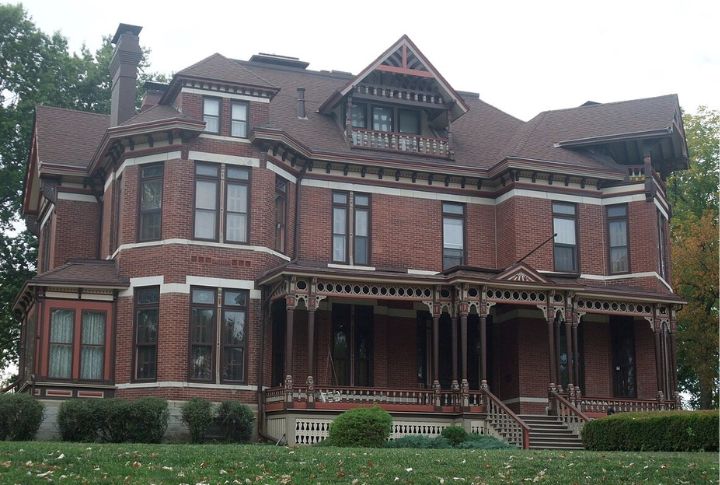
Kansas is a state rich with history, and its oldest homes serve as living relics of the past. These houses have withstood the test of time, witnessing generations of change while maintaining their historic significance. From log cabins to stone structures, these ten homes tell the story of early settlers, frontier survival, and architectural evolution.
The Rookery (1834)
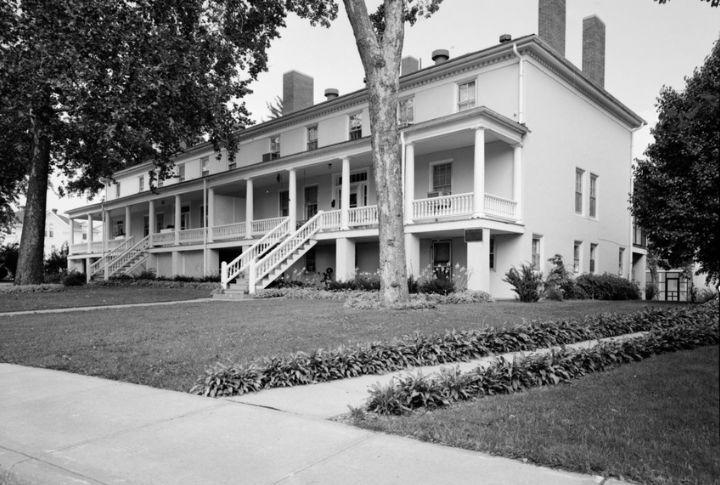
Located in Fort Leavenworth, The Rookery is the oldest continuously occupied residence in Kansas. This house has been a military residence for nearly two centuries. Its long history and well-preserved structure make it a significant landmark in the state.
Goodnow House (1861)

Isaac and Ellen Goodnow were prominent abolitionists and founders of Manhattan. They built the Goodnow House in 1861, which is a great example of Plains Vernacular architecture. The house, now a state historic site, offers insights into the lives of early Kansas settlers and their contributions to the state’s development.
John Brown Cabin (1855)
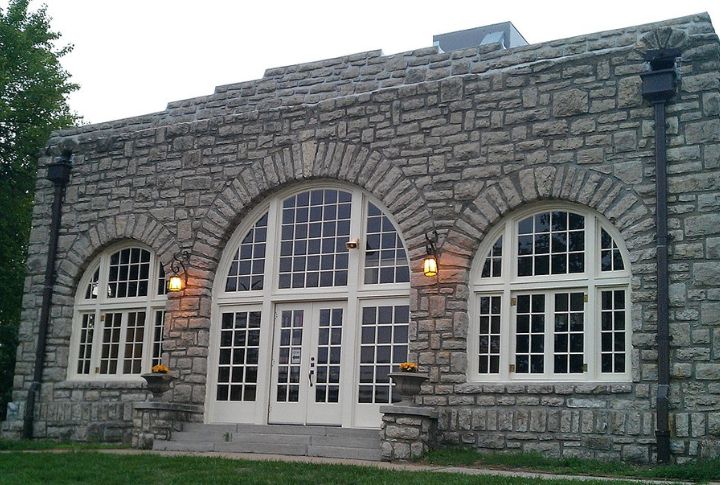
In Osawatomie, the John Brown Cabin was home to Reverend Samuel Adair and his wife, Florella, half-sister of the famous abolitionist John Brown. Now, it’s part of the John Brown Museum State Historic Site and tells the story of Kansas’s turbulent past during the fight against slavery.
Ritchie House (1856)
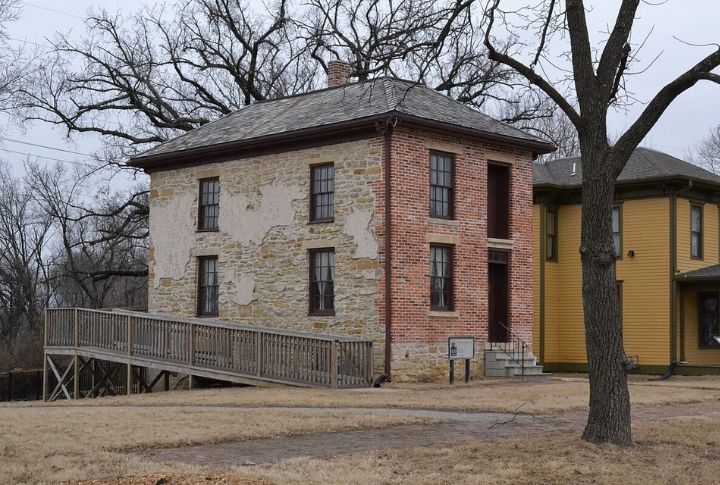
The Ritchie House is the oldest residence in Topeka. More than just a home, it played a big role in the abolitionist movement. The house was a very important stop on the Underground Railroad as it helped enslaved people find an escape to freedom.
Grinter Place (1857)
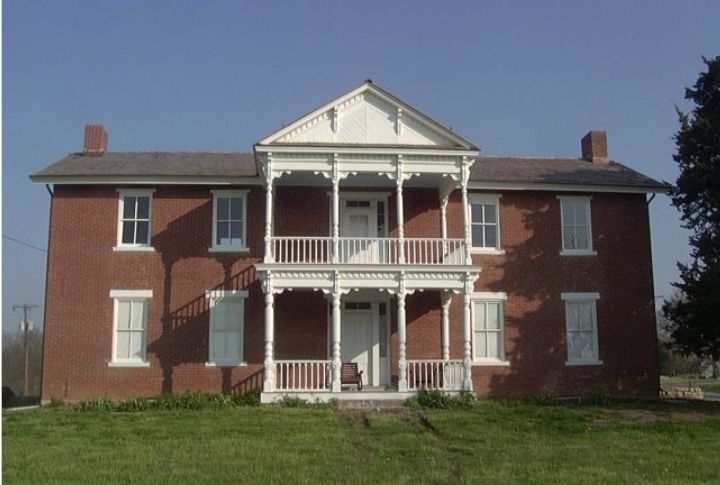
In Kansas City, the Grinter Place was built by Moses Grinter. It remains the oldest home in Wyandotte County. The house was once a hub of early commerce, as Grinter operated a ferry across the Kansas River. It aided in regional trade and transportation back then.
Dietrich Cabin (1859)
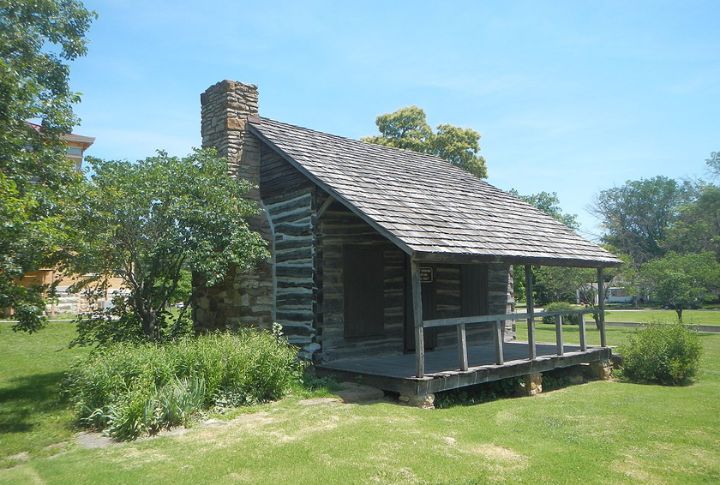
A German immigrant, Jacob Dietrich, constructed this log cabin in Ottawa City Park. It offers a glimpse into pioneer life. Today, the cabin operates as a museum under the Franklin County Historical Society by preserving the hardships and achievements of early Kansas settlers.
C. N. James Cabin (1868)
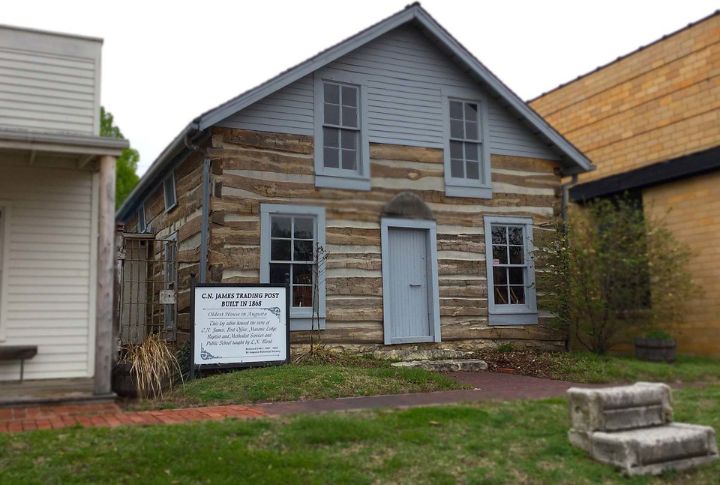
This cabin was originally a combined residence and general store, which was built in 1868 in Augusta. The C. N. James Cabin served as an important trading post for the community and has since been restored to its 19th-century appearance as part of the Augusta Historical Museum.
Gernon House (1872)
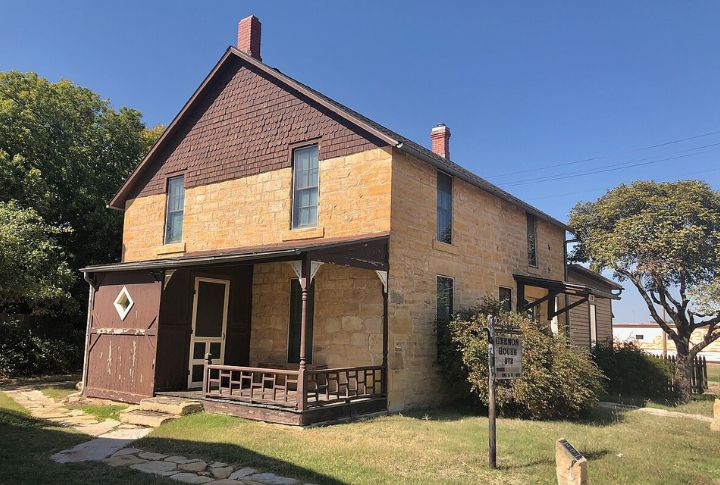
Nicholas Gernon, one of Russell’s earliest settlers, built the Gernon House. This limestone structure, with walls 20 to 24 inches thick, speaks about the durability of post-rock limestone and has been restored to its 1890s look by the Russell County Historical Society.
A.J. Angell House (1883–1885)

The A.J. Angell House in Leavenworth still stands strong with its Queen Anne architecture and intricate details. Registered as a historic site in 1977, the house talks about Victorian elegance, standing as a significant marker of local history.
Little Finnup House (1886)
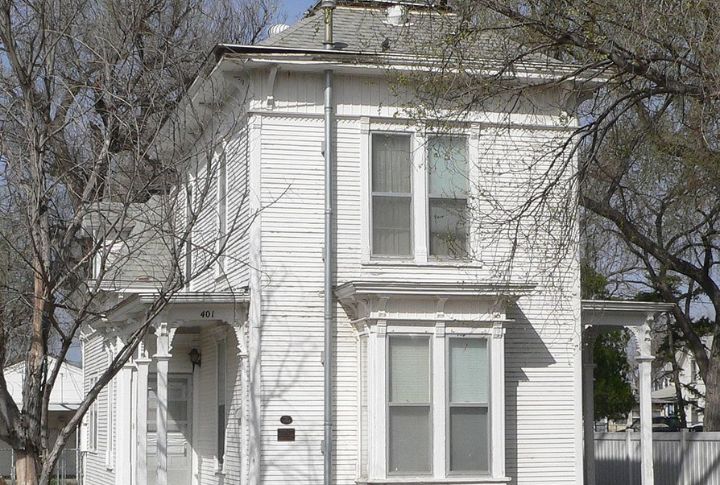
The Little Finnup House, constructed in 1886 in Garden City, became the cherished home of community leader George Finnup and his wife Alta Smith in 1902. Notably modernized for its time, it featured electric lighting, a telephone, and even a sophisticated Crown piano, sporting early Kansas prosperity.
